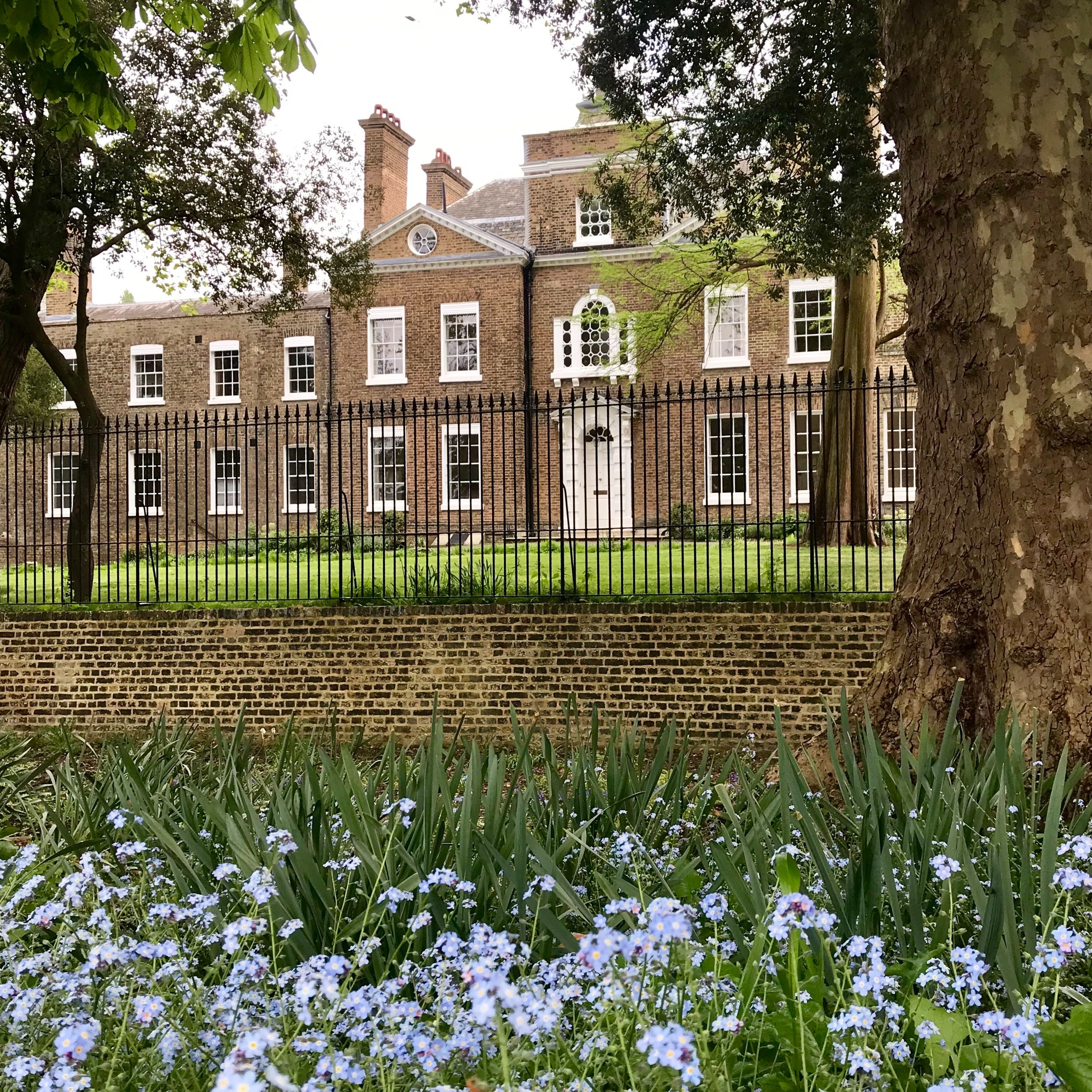When Thomas Wright built Bell House in 1767, the garden was extremely important to him: it was a symbol of his wealth and status but it was also a refuge from his busy life as a City merchant.
In those days Bell House’s garden covered over sixteen acres and included many of the latest features such as the ha-ha, which protected the garden from passing livestock while also ensuring it looked natural.
There were winding paths around the garden’s perimeter, allowing Bell House ladies to take their daily walk, and a fashionable wilderness area between the formal garden and the meadows.
Over the quarter millennium since it was first created, the garden has seen many changes. It lost sixteen acres to Dulwich Park when the Victorians created ‘a park for the people forever’.
After WW2 Bell House became a boarding house for thirty lively boys and the flowerbeds were grassed over to create lawns for ball games.
It lost further acreage when Frank Dixon Close was carved out of the lower end of the garden. The flowerbeds returned when the house reverted to private ownership in 1992.
Today, our volunteers tend the flower beds and restore elements of the Georgian layout while also developing the garden to meet the needs of the educational charity. They are creating a new wilderness area for woodland classrooms, bringing back much of the productive kitchen garden, and have established honeybees in a quiet corner.
This is the first in an occasional series about the garden’s history.
For more information please go to bellhouse.co.uk/garden.







